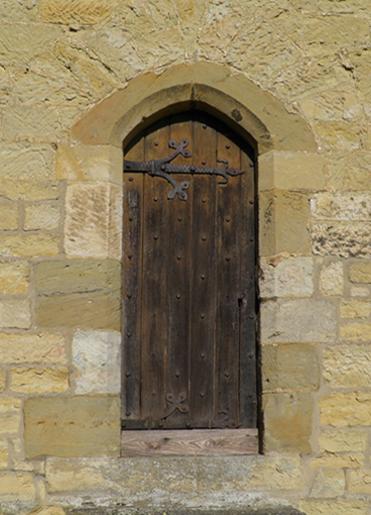Richard's dedication to St Ninian was evident during his life. Not only did he include the saint in a personal prayer written within the pages of his Book of Hours, but also chose to include a dedication to this saint in relation to at least four places of worship. Tom Turpie, from the University of Stirling, writes in one of his publications:
The most high profile English patron of the cult [of St Ninian] also had strong territorial interests in the northeast. Richard III included Ninian in a series of religious dedications between 1477 and 1485, beginning with a personal grant to fund four studentships at Queen’s College, Cambridge in honour of SS Mary, George, Anthony and Ninian.
In 1479 Richard was granted permission to found a college at Barnard Castle, which he dedicated to Christ and SS Mary, Margaret and Ninian, and the saint was also recognised in a proposed foundation of one hundred priests at York, about which nothing else is known except that they were to sing for ‘God, our Lady, Seynt George and Seynt Nynyan’.*
Richard’s special devotion to Ninian is also clear from the additions made to his personal book of hours. The four additions to the book were made, according to the most recent editor, at the time of his coronation in 1483. These were the inclusion of Richard’s date of birth, a common contemporary prayer, a long devotion and a collect of St Ninian.
*please note that the statement 'nothing else is known' made in regards to the chantry at York is inaccurate. There are ongoing efforts which have, and are, uncovering more details.
A link to the full paper, entitled "Scottish and British? The Scottish authorities, Richard III and the cult of St Ninian in late medieval Scotland and Northern England" may be found HERE
St Ninian was first mentioned in the writings of the Venerable Bede in his Historia ecclesiastica gentis Anglorum (Ecclesiastical History of England). Although the details are limited, the whole book may be of interest to readers, as it gives insight into the history and growth of the Christian faith in England and also provides details of other saints, including St Cuthbert who we focused on yesterday. English versions of his work are available online, and the following two resources also give options to download the books in a variety of formats:
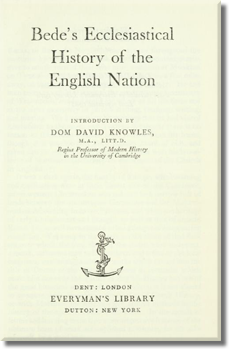
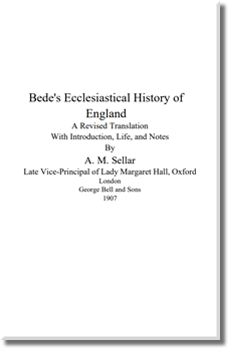
There are also a number of early texts of Bede’s work. An overview of one the of the oldest versions may be accessed below (from which a digitised version may be accessed by clicking on its Shelfmark in the page’s right column):
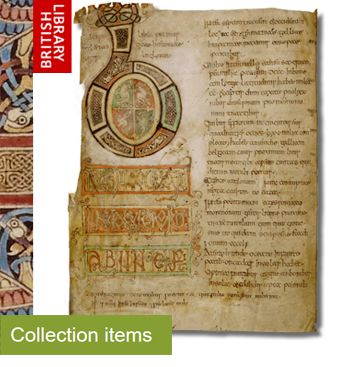
Aelred of Rievaulx’s also wrote about the saint in his 12th century work, Vita Sancti Niniani (Life of St Ninian), which he claimed had been taken from an earlier account, possibly written by a member of Ninian’s community in Galloway. The main manuscript held in the British Library containing this work (Cotton MS Tiberius D iii) does not appear to be available online, but in this case the Wikipedia entry seems well researched and gives further details:

A translated version does not appear to be available for free online either, however it may be found within the book "Aelred of Rievaulx: Lives of the Northern Saints (Cistercian Fathers)", a translation by Jane Patricia Freeland, which may be purchased from retailers, including Amazon:


In addition, an article in The Dublin Review from 1907 uses both the aforementioned resources to give another overview of the saint's life and legacy:
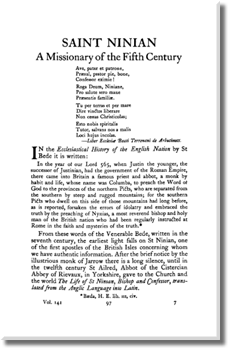

© Richard III's Loyal Supporters Society
